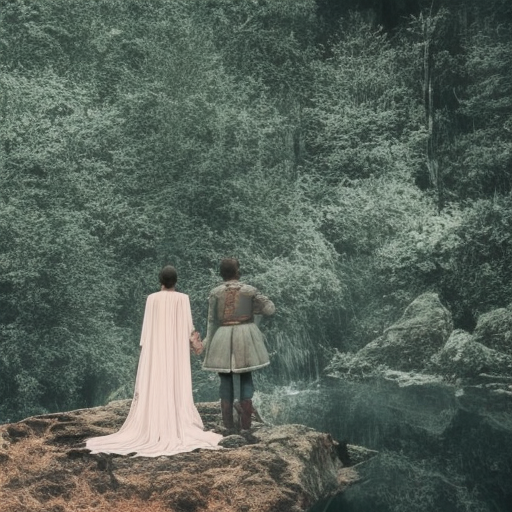Saga: A Comprehensive Summary
Saga is a term used to describe a long and complex narrative, often involving heroic characters and epic adventures. It originated in ancient Norse and Icelandic literature and has since become a popular genre in various forms of storytelling, including literature, film, and television.
Origins and Characteristics of Sagas
The term “saga” comes from Old Norse and means “story” or “tale.” Sagas were originally oral narratives passed down through generations before being written down in the 13th and 14th centuries. They were primarily composed in Old Norse and Old Icelandic.
Sagas are known for their epic scope and detailed storytelling. They often revolve around legendary or historical figures and events, combining elements of myth, folklore, and history. The protagonists of sagas are typically heroic figures who embark on grand quests, face numerous challenges, and demonstrate noble virtues such as courage, honor, and loyalty.
Types of Sagas
There are two main types of sagas: the legendary sagas and the family sagas.
1. Legendary Sagas: These sagas focus on mythological or legendary figures and events. They often incorporate supernatural elements, such as gods, giants, and magical creatures. Examples of legendary sagas include the “Völsunga Saga,” which tells the story of the hero Sigurd and his encounters with dragons and gods, and the “Njála Saga,” which follows the feuds and conflicts of various legendary families.
2. Family Sagas: Also known as “sagas of the Icelanders,” these sagas center around the lives and conflicts of individual families. They provide a detailed account of the social, political, and cultural aspects of medieval Icelandic society. Family sagas often explore themes such as honor, kinship, and the consequences of violence. Notable examples include the “Egils Saga,” which tells the story of the Viking warrior-poet Egill Skallagrímsson, and the “Laxdæla Saga,” which follows the lives of several interconnected families.
Influence and Adaptations
Sagas have had a significant influence on literature and storytelling throughout history. They have inspired numerous authors, including J.R.R. Tolkien, who drew inspiration from Norse sagas when creating the epic world of Middle-earth in “The Lord of the Rings” trilogy.
In addition to literature, sagas have also been adapted into other forms of media. Films and television series, such as “Vikings” and “Game of Thrones,” often draw on the themes and narrative structures found in sagas. These adaptations aim to capture the epic scale, complex characters, and moral dilemmas that define the genre.
Legacy and Importance
Sagas hold a significant place in the cultural heritage of Scandinavia and Iceland. They provide valuable insights into the history, mythology, and societal norms of the Viking Age and medieval Scandinavia. They also serve as a source of national pride and identity for Icelanders, who view the sagas as an integral part of their literary and cultural heritage.
Furthermore, sagas continue to captivate audiences around the world with their timeless themes and compelling narratives. They offer a glimpse into a bygone era while exploring universal human experiences such as love, loyalty, and the pursuit of glory. The enduring popularity of sagas demonstrates their enduring relevance and their ability to resonate with audiences across different cultures and time periods.
In conclusion, sagas are long and complex narratives that originated in Norse and Icelandic literature. They are characterized by their epic scope, heroic characters, and detailed storytelling. Sagas can be divided into legendary sagas, which focus on mythological figures and events, and family sagas, which explore the lives and conflicts of individual families. Their influence can be seen in literature, film, and television, and they continue to be cherished as an important part of Scandinavian and Icelandic cultural heritage.












